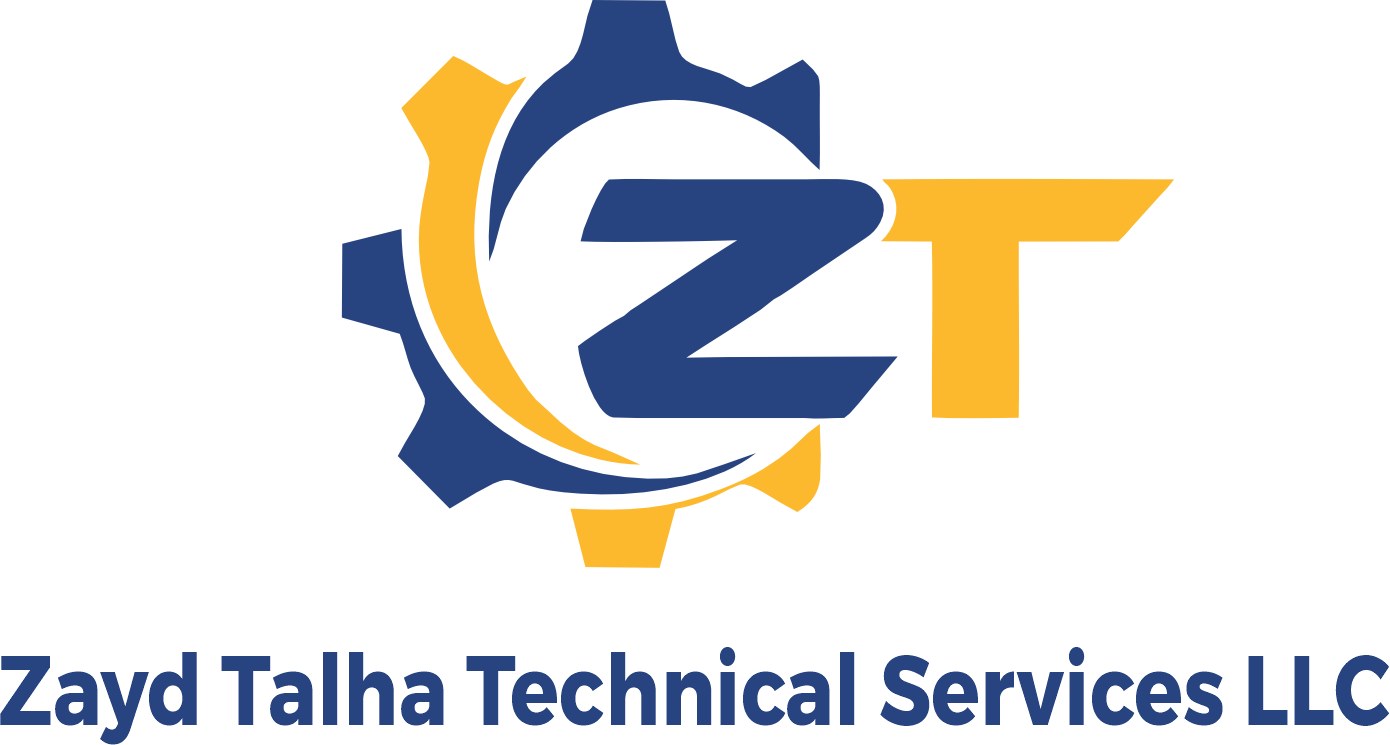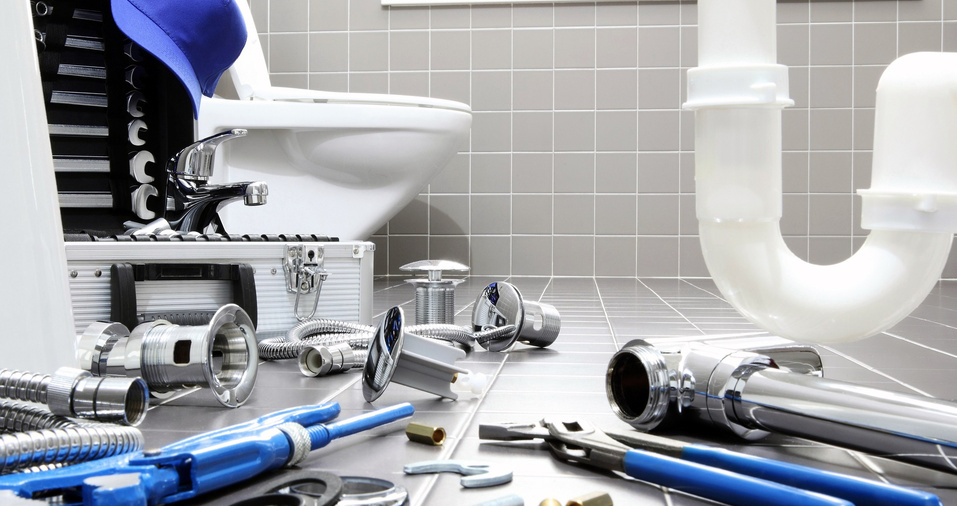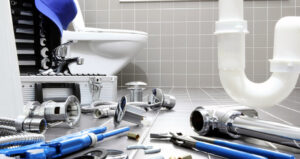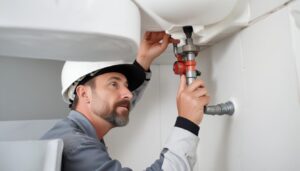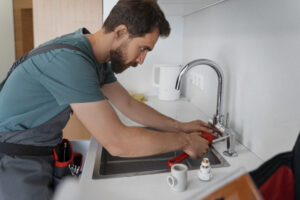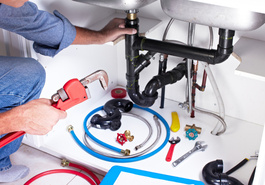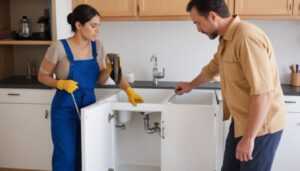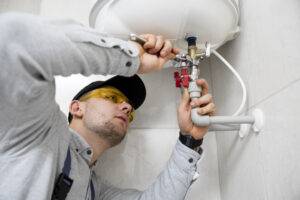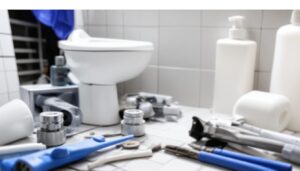Plumbing
Installation
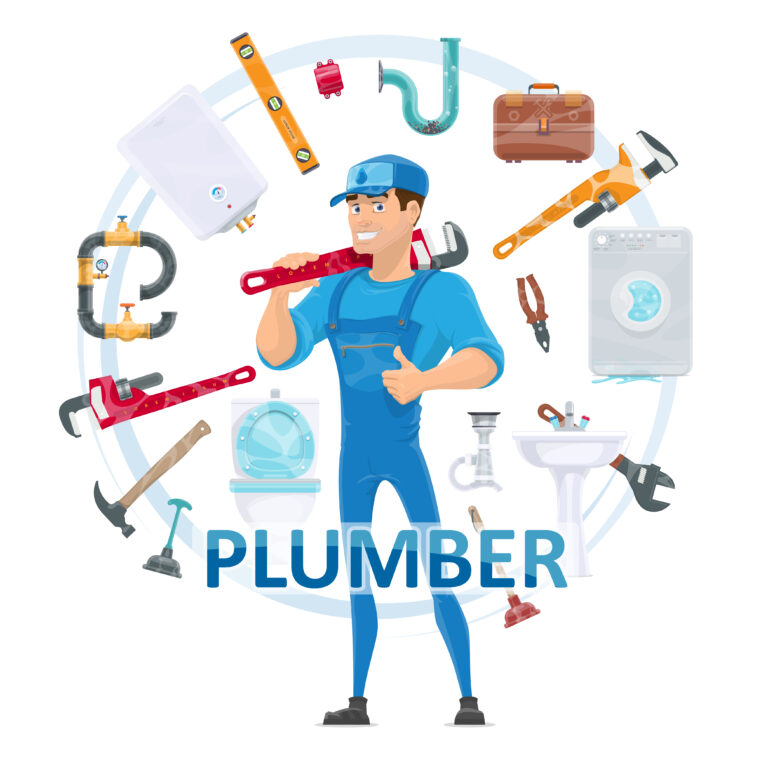
- Detailed Planning and Design: Assess layout, map plumbing routes and fixture locations.
- Quality Materials and Equipment: Use high-quality pipes, fittings, and fixtures.
- Precision Installation: Ensure precise measurements and cuts for perfect fits.
- Adherence to Building Codes: Follow local codes and regulations meticulously.
- Proper Sealing and Insulation: Use appropriate sealing methods and insulate pipes.
- Thorough Testing: Conduct pressure and flow tests for leaks and performance.
- Efficient Drainage and Ventilation: Ensure proper drainage and venting systems.
- Professional Finishing: Securely mount fixtures, align properly, and seal around fixtures.


Maintenance & Repair
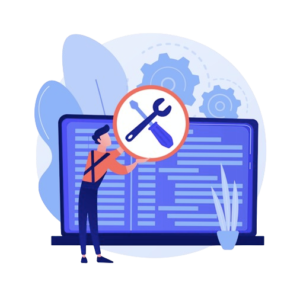
- Routine Inspections: Schedule regular inspections to identify and address potential issues early.
- Leak Detection: Check for and repair any leaks promptly to prevent water damage.
- Pipe Cleaning: Clean pipes and drains to prevent clogs and maintain proper flow.
- Valve Operation: Ensure all valves are functioning correctly and replace faulty ones.
- Water Pressure Check: Monitor and adjust water pressure to prevent strain on the system.
- Fixture Maintenance: Regularly clean and service fixtures like faucets and showerheads.
- Sealing and Insulation: Inspect and maintain pipe seals and insulation to prevent leaks and temperature issues.
